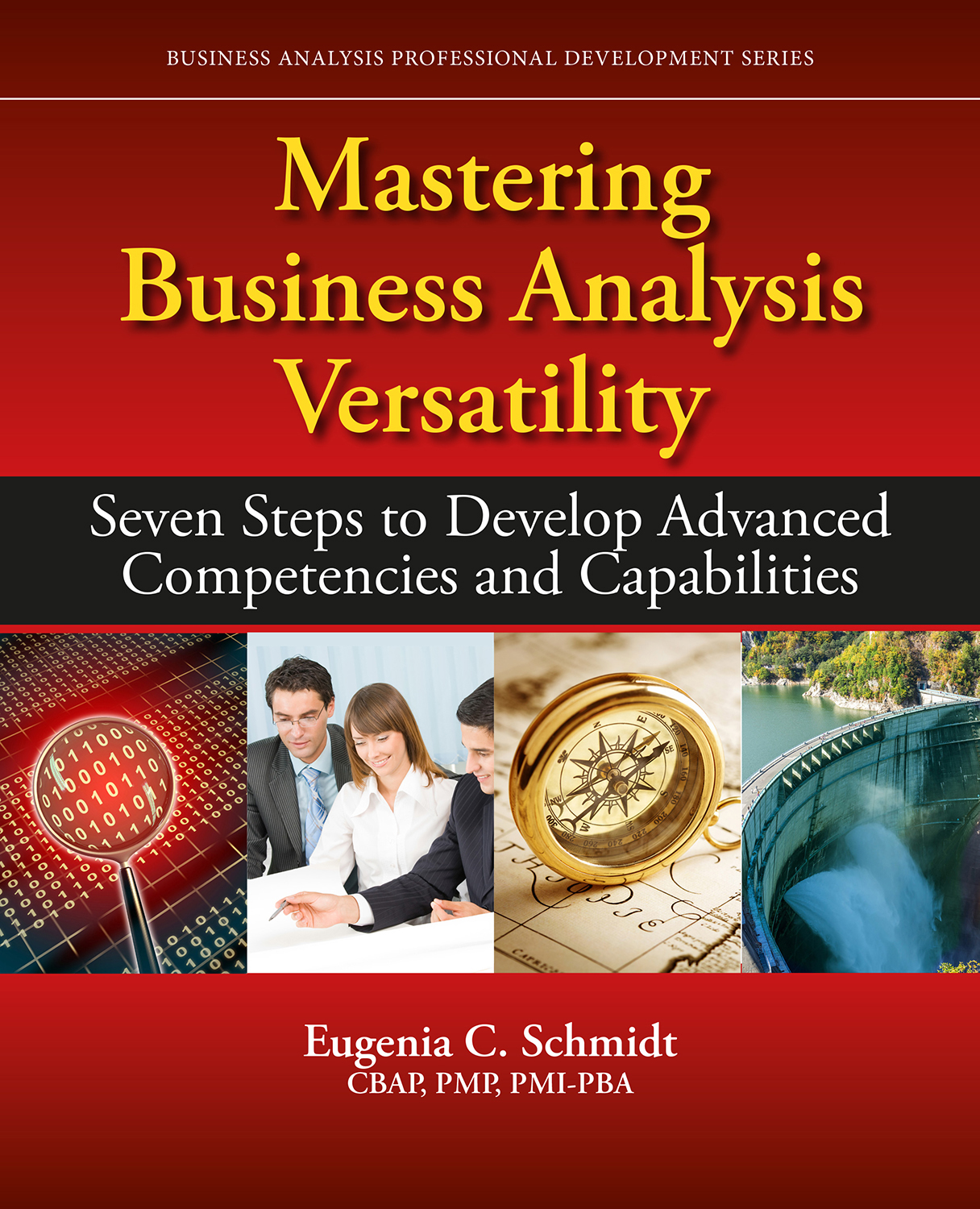Mastering Business Analysis Versatility
$59.95
Seven Steps to Develop Advanced Competencies and Capabilities
Eugenia C. Schmidt, CBAP, PMP, PMI-PBA
Softcover, 7.5×9.25, 344 pages
ISBN: 978-1-60427-157-7
July 2019
LEARN & EARN: Get 8.5 PDUs in the PMI skill areas of Technical, Leadership, or Strategic and Business Management Skills.
Part of the Business Analysis Professional Development Series
Description
This volume in the Business Analysis Professional Development Series by leading expert Eugenia Schmidt is for experienced business analysis practitioners and others conducting business analysis activities at an intermediate level who wish to master the essential art of versatility and develop other advanced capabilities and leadership skills needed to further their careers to the expert competency level.
Practitioners will learn to develop the enterprise-level mindset required to accurately identify an organization’s needs; determine the best solutions; and adapt the best approach, tools, and techniques to fit the project, culture, risks, and ever-changing situations that may arise. This guide will provide practitioners with the skills to perform successfully on virtually any project, in any organization and industry, and lead others to achieve desired results.
Key Features
- Examines business analysis leadership from numerous perspectives, such as tactical, strategic, perceived role, positional, credibility-based, and relationship-based, and supplies tips for leading up and down the organization
- Presents examples of which business analysis assets should be included in an approach based on different criteria, and explains how techniques can be adjusted based on the focus of the initiative (data, process, or technology)
- Identifies various constraints and risks that can impact the business analysis approach and explains how to create and manage a business analysis risk management plan
- Describes various tools and techniques and how they can help mitigate specific business analysis risks
- Demonstrates how value can be managed in different ways and at various levels (enterprise, program, project, and requirements)
- Furnishes real-world examples and various fictitious scenarios to facilitate group discussion and more advanced business analysis discovery learning
- Provides coaching and mentoring recommendations with supplemental tools that enable business analysts to transfer their expertise to others
- Reinforces learning with key summary points and end-of-chapter questions
- WAV offers downloadable BA templates, checklists, and competency assessment and development tools—available from the Web Added Value Download Resource Center
About the author(s)
Eugenia C. Schmidt, PMP, CBAP, PMI-PBA, Founder and Managing Partner of VITINAR, is a well-known expert, consultant, instructional course designer, and trainer in business analysis, project and program management, project recovery, program/project office setup, information systems, and life-cycle methodologies.
Before forming her own business, Ms. Schmidt worked in various management and technical roles, such as project and program manager, business process manager, risk manager, business analyst, systems analyst, systems architect, and enterprise architect for a number of companies and consulting firms, including AT&T, PwC, and Lighthouse Consulting Partners.
For more than 25 years, Eugenia has successfully managed information technology implementations and methodology rollouts in multiple industries. She has trained thousands of students and practitioners in business analysis, project management, and other professional services through courses delivered in classrooms and online.
In addition to providing services through her own company, Eugenia also contracts with various educational institutions and training companies to develop and conduct intermediate and advanced business analysis and project management courses. She recently developed a business analysis series program for experienced business analysts delivered by both ASPE Training (a division of Fortis College) and IIBA’s SE Michigan Chapter.
Ms. Schmidt received her B.B.A. in Computer Management from Northwood University. She has received numerous awards for her achievements in consulting and the “Woman of the Year” Award conferred by the American Business Women Association’s Michigan chapter.
Eugenia is a published author and sought-after speaker for professional association conferences, seminars, and other events, and has presented to such groups as the IIBA, PMI, BA World, and Women in Technology. She resides with her husband William in Fraser, Michigan.
Table of Contents
Preface
About the Author
WAVTM Page
List of Figures and Tables
Chapter 1: Introduction
Purpose of Business Analysis
The Need for Organization Business Analysis Capabilities
Behaviors to Advance Professional Capabilities
Summary
Questions
Chapter 2: Step 1: Move to an Enterprise Mindset
Enhance Enterprise or Strategic Mindset
Strategic Roles for the Business Analyst
Summary
Questions
Chapter 3: Step 2: Adapt to the Life-cycle Approach
Life-cycle Approaches and Stages
Project Approach Adjustments
Approach Integration Across Projects
Summary
Questions
Chapter 4: Step 3: Consider Uniqueness
Best Practice Models
Business Analysis Core Concept Model™
Areas of Focus
Mostly Predictive Types
Mostly Adaptive Types
Mostly Hybrid Types
Industry Specific Focus
Summary
Questions
Chapter 5: Step 4: Adjust Based on Risks
Risk Overview
Risks and Business Analysis
Risks and Life-cycle Approaches
Potential Risk by Initiative Type
People Risks
Business and Organizational Risks
Risk Culture
Summary
Questions
Chapter 6: Step 5: Always Focus on Value
What is Value
Be a Value Manager
Move from Intangible to Tangible
Move from Potential Value to Real Value
Showing your Own value
Summary
Questions
Chapter 7: Step 6: Bridge the Capability Gap
Assessments
Organizational Maturity Impact
Close Capability Gaps
Leverage Intellectual Assets
A Few Challenges
Summary
Questions
Chapter 8: Step 7: Build Up the Tool Chest
Techniques
Business Analysis Tool Types
Technique Challenges and Opportunities
Summary
Questions
Epilogue
Answers to End-of-Chapter Questions
Appendix A: Templates, Checklists, and Examples
Appendix B: Business Analysis Techniques Glossary
Appendix C: BA Competency and Capability Development Tools
Reviews
“Seasoned BAs can use this book to advance their careers to the expert level. It captures the versatility that you must have and how that ability to adapt to an ever-changing environment must mature for the breadth and influence of your role to grow.”
—Aaron S. Whittenberger, CBAP, CSPO, Director of IIBA Americas Eastern Region, Senior Business Analyst, Cincinnati Insurance Companies
“This is an essential guide for a BA’s career. The author has succeeded in creating a book on what it means to be an ‘expert’ in business analysis. It not only provides practical concepts, theories, and valuable insights, but showcases them in real-life examples any BA can appreciate.”
—Barbara Monaco, CBAP, Global Business Applications Manager, Kelly Services
“If you’re a business analyst, manager, developer, engineer, or project manager, I recommend that you buy this book and add it to your business analysis toolbox. It’s a must have.”
—George Bridges, PMP, PMI-PBA, President, Bridges Consulting LLC and SE Michigan IIBA Chapter
“Mastering Business Analysis Versatility is a succinct, comprehensive, and indispensable reference. It’s a must for your professional library.”
—Tad Bristow, Partner (retired), PricewaterhouseCoopers LLP
Related products
-
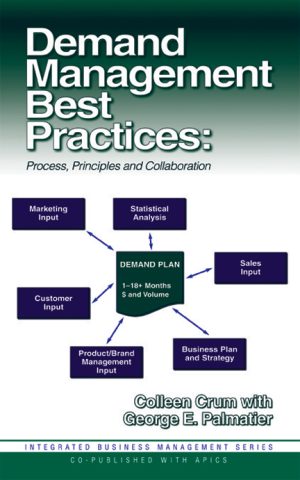
Demand Management Best Practices
Retail Price: $54.95$49.95 Add to cart -
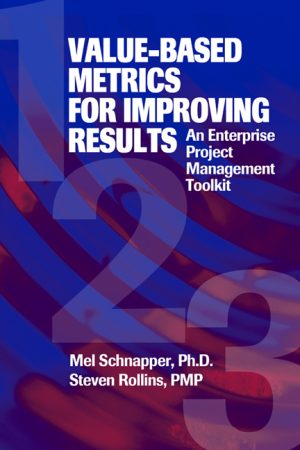
Value-Based Metrics for Improving Results
Retail Price: $54.95$49.95 Add to cart -
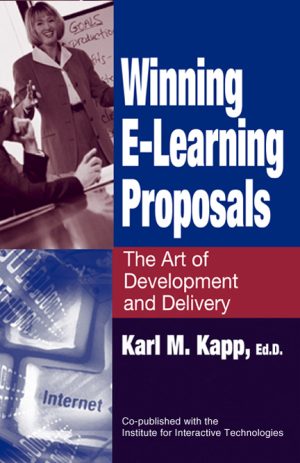
Winning E-Learning Proposals
Retail Price: $64.95$54.95 Add to cart -
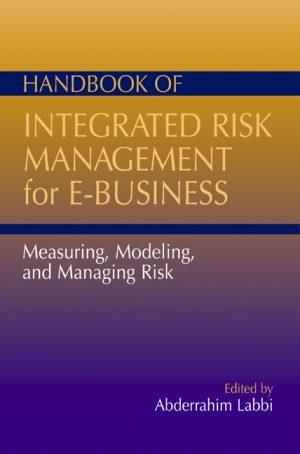
Handbook of Integrated Risk Management for E-Business
Retail Price: $89.95$69.95 Add to cart -

Supply Chain Vector
Retail Price: $59.95$44.95 Add to cart

